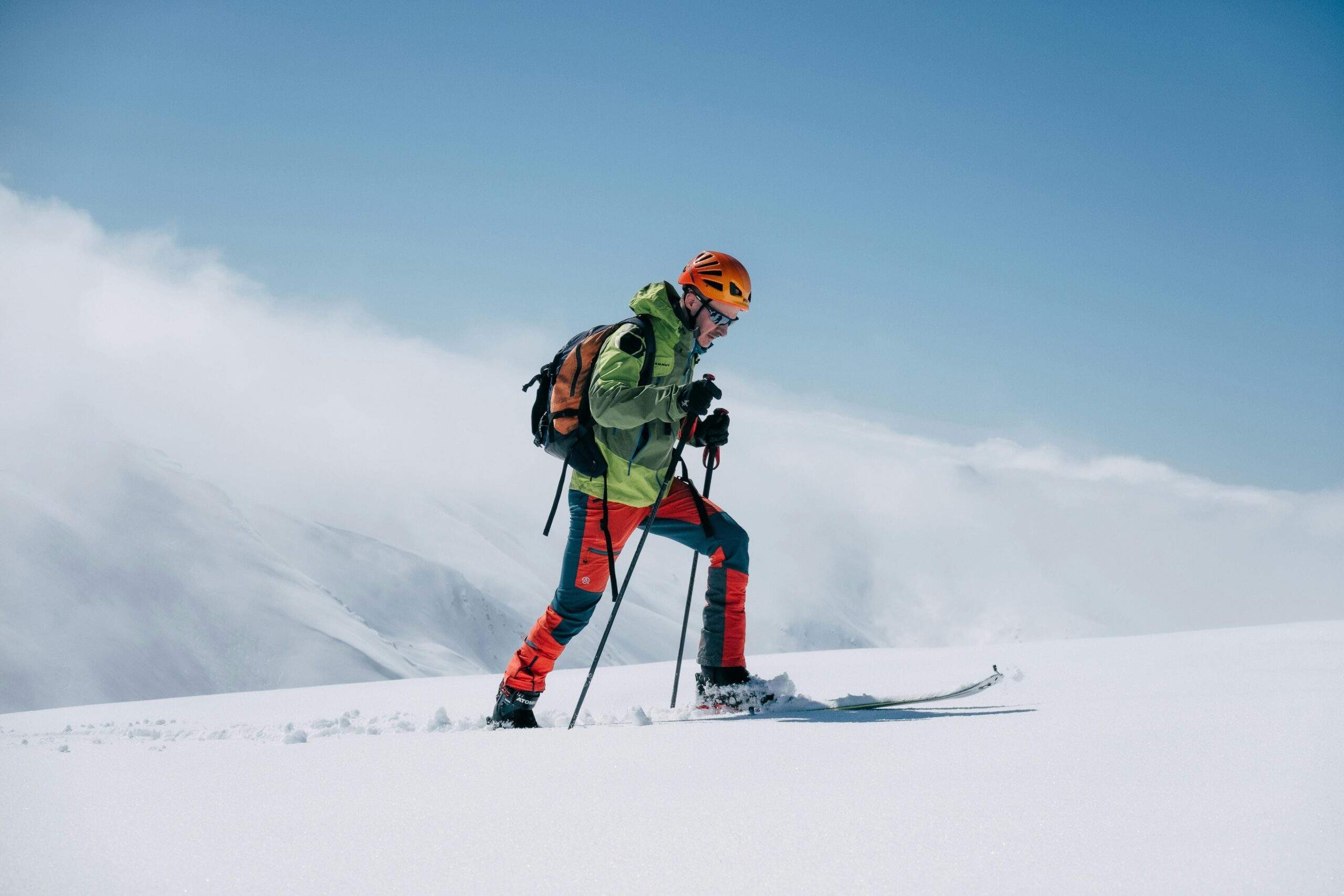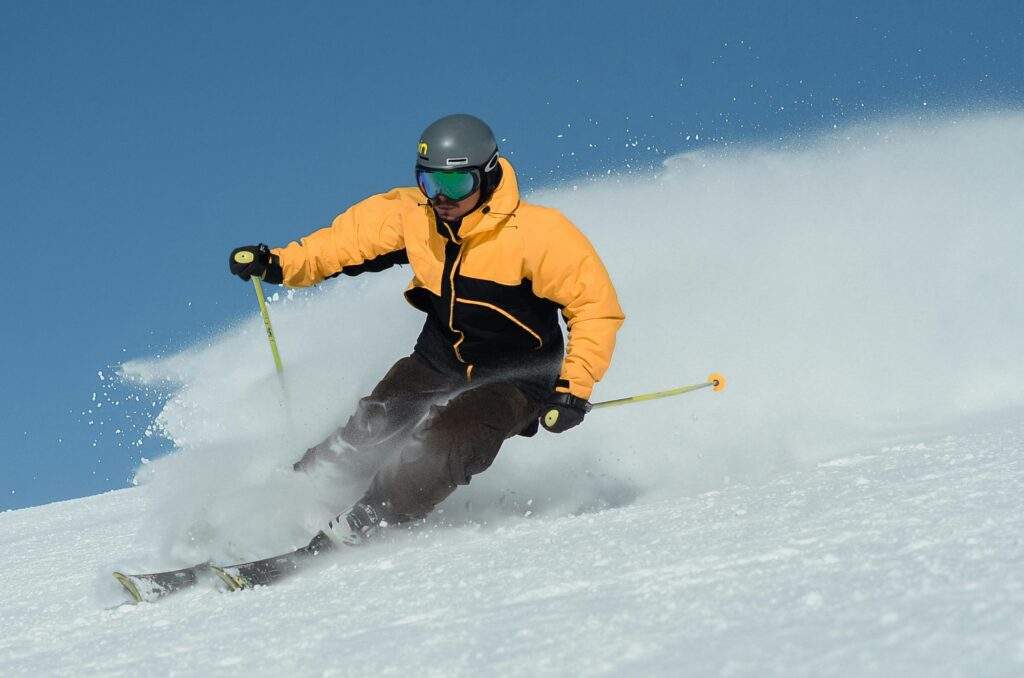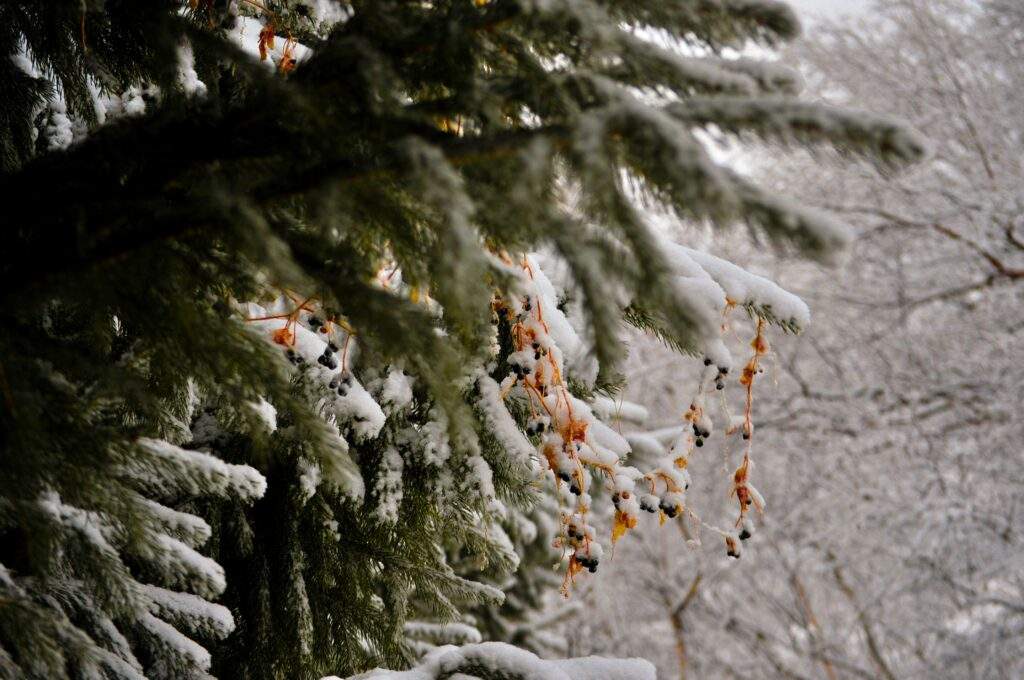Ever felt like you’re walking in circles on a treadmill of life during winter? If Netflix binge-watching and hot cocoa aren’t cutting it anymore, we’ve got just the ticket: backcountry snowshoeing. No groomed trails, no crowds—just pure, unfiltered nature with a side of adventure.
In this guide, we’ll take you from awkwardly waddling in rental gear to confidently navigating untouched powder like a pro. You’ll learn why backcountry snowshoeing rocks, how to prepare for your first trip, expert tips to avoid rookie mistakes, real-life success stories, plus answers to all your burning FAQs. Let’s dive in!
Table of Contents
- Key Takeaways
- Why Backcountry Snowshoeing is Worth It
- Step-by-Step Guide to Your First Tour
- Best Practices for Safe Adventures
- Real-Life Success Stories
- FAQs About Backcountry Snowshoeing
Key Takeaways
- Backcountry snowshoeing offers solitude, breathtaking views, and an adrenaline rush.
- Proper preparation—including gear, navigation tools, and safety knowledge—is essential.
- Follow Leave No Trace principles to protect fragile ecosystems.
- Start small and build endurance; even experienced hikers can be humbled by deep snow.
Why Backcountry Snowshoeing is Worth It
Optimist You: “Imagine exploring serene forests where every step crunches under pristine snow! This has ‘healing therapy’ written all over it.”
Grumpy Me: “Yeah, until your boot slips sideways into a hidden hole and sends you face-first into icy bliss. Still worth it? Absolutely.”
Here’s the deal: unlike ski resorts or crowded parks, backcountry snowshoeing lets you escape humanity completely. One time, I wandered off-trail thinking I was Indiana Jones—but ended up waist-deep in snow because I forgot my trekking poles. Lesson learned: always bring backup.
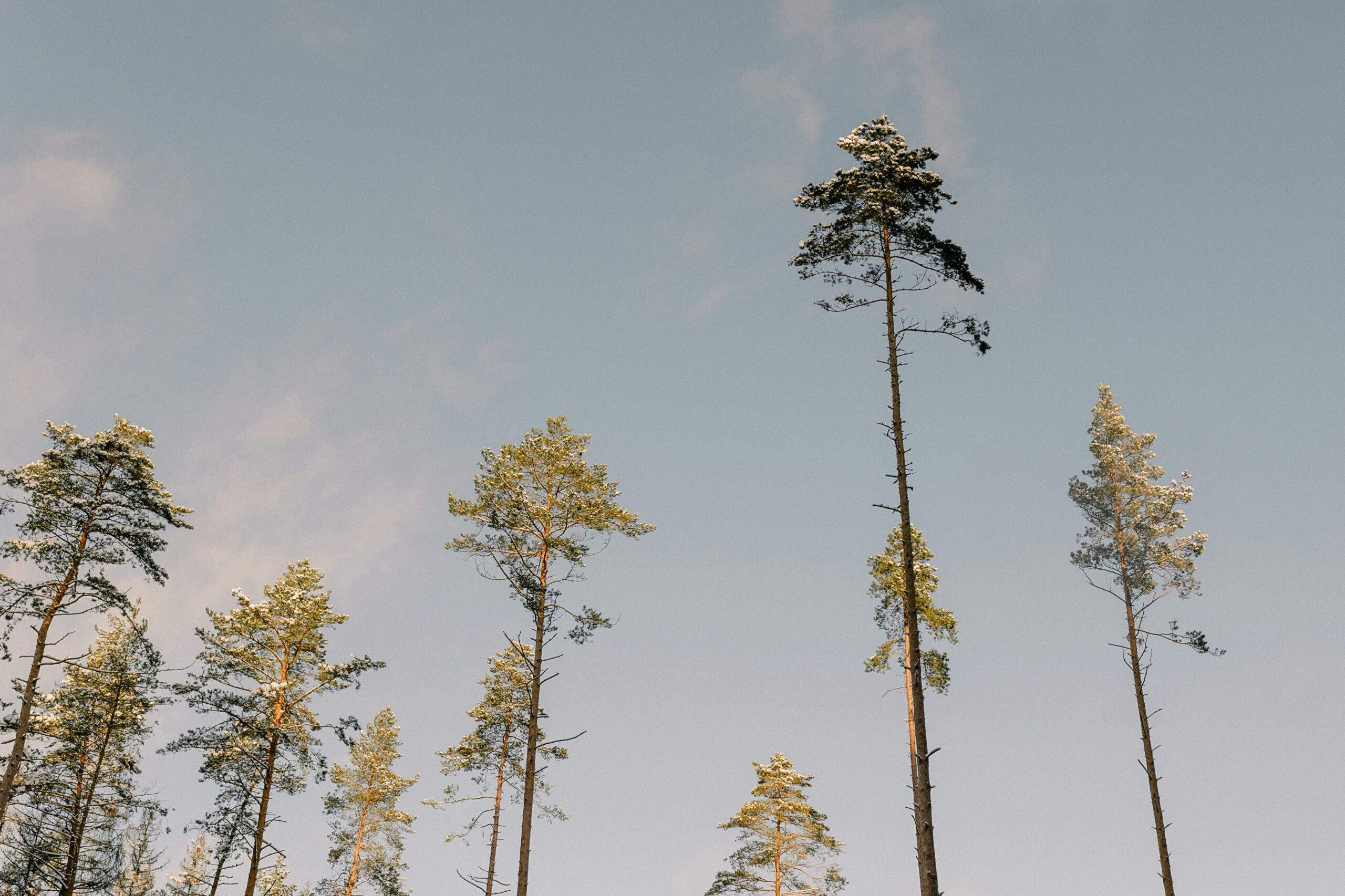
Sensory Overload Alert:
Cold air bites your cheeks while distant birds chirp faintly against the silence. The sound of each footfall echoes as fluffy pillows of snow compress beneath your weight. Trust me—it beats another night scrolling TikTok under a blanket fort.
Step-by-Step Guide to Your First Backcountry Snowshoeing Tour
Step 1: Choose Your Destination Wisely
Pick somewhere beginner-friendly yet exhilarating. Look for trails labeled “moderate” within easy reach of civilization (in case things go south).
Step 2: Invest in Quality Gear
- Snowshoes: Go for durable models with solid bindings.
- Poles: Adjustable trekking poles help maintain balance.
- Layered Clothing: Think base layer, insulation mid-layer, and waterproof shell.
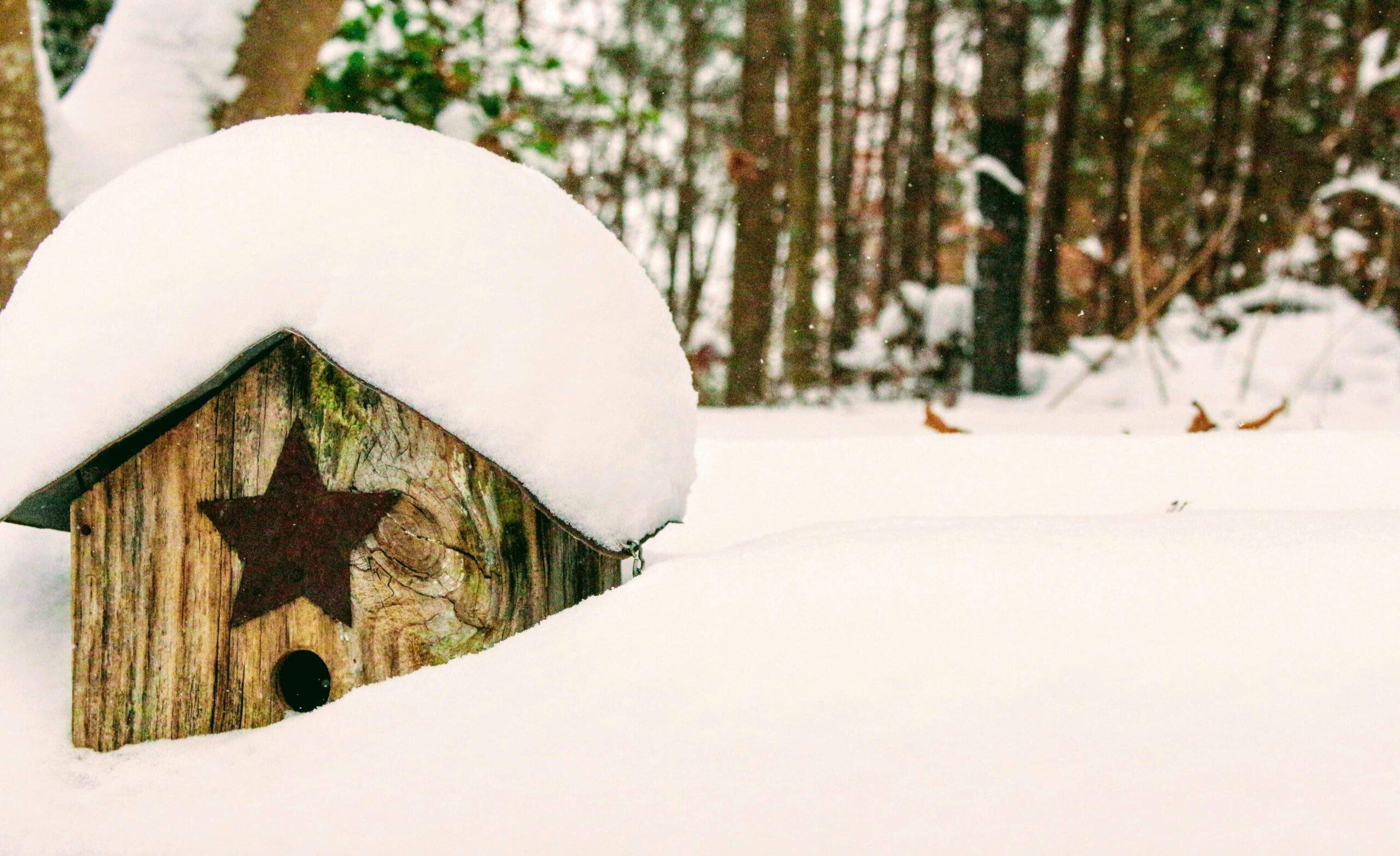
Step 3: Study Navigation Skills
Carry a map and compass—and know how to use them. Relying solely on your phone’s battery-challenged GPS could leave you lost faster than you can say “avalanche.”
Step 4: Pack Emergency Supplies
Throw in snacks, water, a first aid kit, headlamp, and emergency shelter. Remember that one guy who thought carrying extra snacks was “overkill”? Spoiler alert: he didn’t regret having them when energy bars saved his butt halfway through.
Best Practices for Safe Backcountry Snowshoeing
- Always tell someone your plan—include route details and expected return time.
- Check weather conditions obsessively before heading out.
- Leave No Trace: pack out everything you brought in.
- Stay hydrated—even if cold temps trick you into forgetting thirst exists.
Terrific Tip Disclaimer:
I once read online that drinking whiskey keeps hypothermia at bay. Spoiler: DON’T DO THAT. Alcohol lowers body temperature. Stick to warm tea instead, ya goofball.
Real-Life Success Stories
“My first backcountry snowshoe tour almost ended disastrously,” recalls Jane D., a seasoned outdoor enthusiast. She laughs now recounting how she accidentally followed animal tracks only to realize hours later they led nowhere close to her destination.
Her advice? Always carry a GPS device charged fully AND bring external batteries. Modern tech paired with old-school skills wins every time.
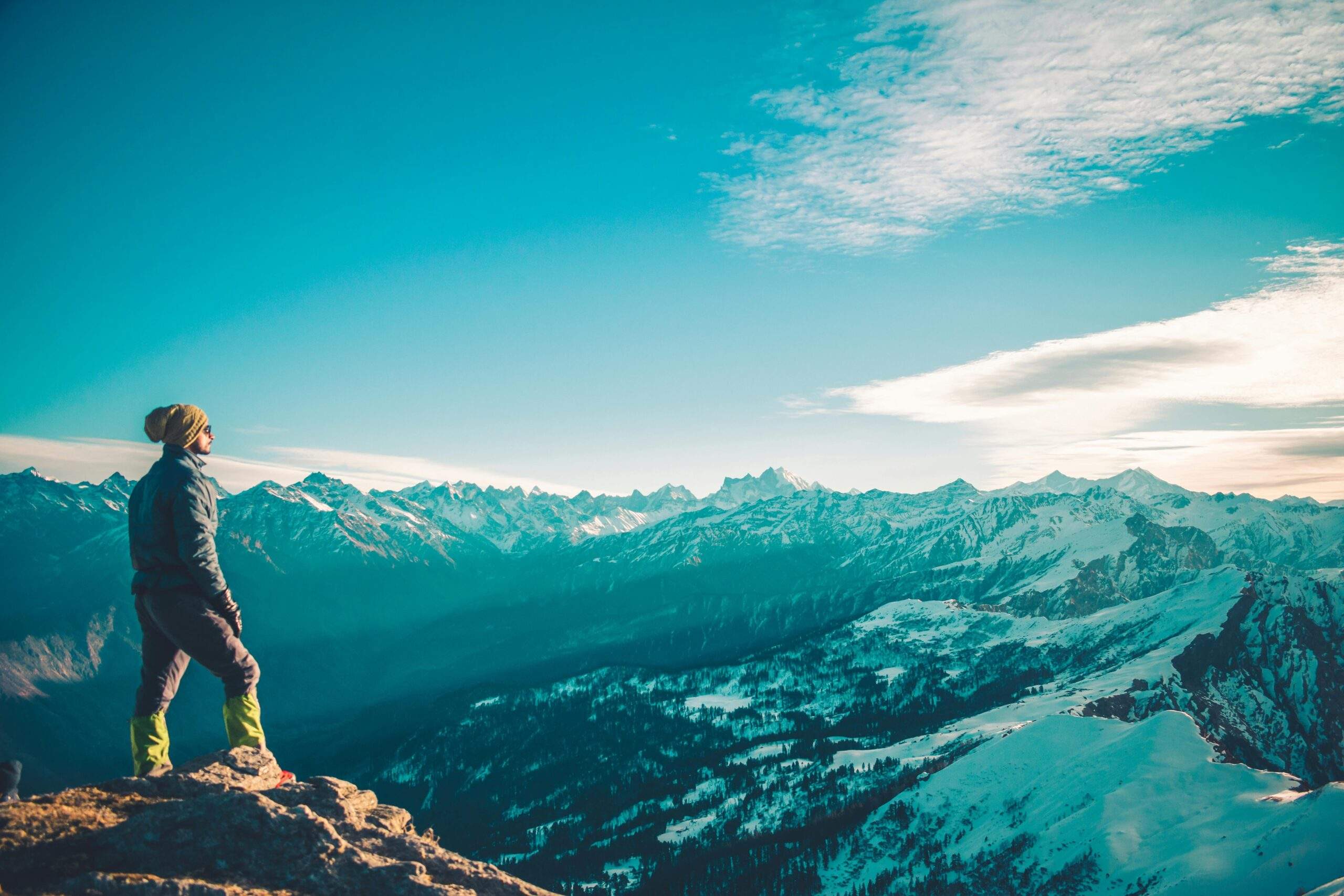
FAQs About Backcountry Snowshoeing
Q: How physically demanding is it?
Absolutely brutal sometimes—but totally manageable with practice. Start slow and listen to your body.
Q: Do I need special training?
It depends. Basic fitness helps, but learning avalanche safety courses (Avalanche.org) can literally save lives.
Q: Can kids join in?
Definitely! Just ensure their equipment fits well, and keep trips short & fun-focused.
Conclusion
As promised, we’ve journeyed together through backcountry snowshoeing essentials—from understanding its magic to prepping safely. Whether chasing solitude or jaw-dropping alpine vistas, venturing beyond groomed paths rewards big-time. So grab those snowshoes and embrace Mother Nature’s frozen playground.
Oh, and here’s your haiku wisdom nugget:
Crunch, breathe, gaze upward, Winter whispers secrets loud— Peace found in stillness.
